India's residential real estate market has experienced a remarkable surge in activity, driven by a thriving economy and an increasing demand for luxury living spaces. According to a recent report by Knight Frank, titled "India Real Estate: Residential and Office (January - June 2024)," the first half of 2024 (H1 2024) has seen significant growth in residential unit sales across major cities. This period recorded an 11% increase in sales compared to the previous year, marking the highest sales velocity in 11 years, with a total of 173,241 units sold.
Surge in Luxury Home Sales
One of the most striking trends revealed by the report is the shift towards premium properties. Homes priced at Rs 1 crore (₹10 million) and above now represent 41% of total sales in H1 2024, up from 30% in H1 2023. This increase highlights a growing preference for high-end living spaces. Real estate developers are responding to this trend by increasing new home launches, with a 5.8% year-on-year rise in new units. In total, 183,401 new units were added to the market in H1 2024, indicating a strategic focus on meeting the demand for luxury residences.
Mumbai remains at the forefront of this boom, with the largest residential market in India. The city achieved a 13-year high in sales, with 47,259 units sold in H1 2024. The surge in demand for luxury properties has been particularly notable, with sales of homes priced over Rs 10 million soaring by 117% compared to the previous year. Despite a 16% overall growth in sales, there is growing concern that the focus on luxury properties could potentially squeeze out the affordable housing segment.
Regional Market Dynamics
Gulam Zia, Senior Executive Director at Knight Frank India, noted, “Mumbai’s primary residential market has recorded the highest half-yearly sales volume since H1 2012, with a remarkable 16% year-on-year growth. The premium segment has nearly doubled its share of total sales, yet the affordable segment continues to hold strong. This growth is attributed to a favorable economic climate, rising disposable incomes, a growing preference for larger homes, and government initiatives under the PMAY scheme to construct 3 crore houses.”
Following Mumbai, the National Capital Region (NCR) saw 28,998 units sold, and Bengaluru recorded 27,404 units. These three cities together accounted for 59% of total residential sales during the period. However, the affordable housing segment (homes priced at Rs 5 million and below) experienced a decline, dropping from 32% in H1 2023 to 27% in H1 2024. This decline could potentially limit market inclusivity and restrict homeownership opportunities for some segments of the population.
Kolkata saw the highest growth in home sales by percentage, with a 25% increase, followed by Ahmedabad at 17%. The sales share of residential properties priced at Rs 50 lakh and below also decreased, falling to 27% from 32% a year ago. The affordable housing segment has faced stagnation over the past five years, showing a 6% YoY decline in sales, which contrasts with the performance of other market segments. This trend can be attributed to rising property prices, higher interest rates, and the pandemic's more significant impact on buyers in this category.
Shifting Preferences and Market Trends
In contrast to the decline in affordable housing sales, there is a clear shift towards premium properties. The segment of homes priced over Rs 10 million has seen an 8% YoY growth, prompting developers to launch more luxury apartments. The share of luxury home launches increased from 36% to 47% within a year. The overall residential market has recorded an 11% YoY rise, with the premium category contributing significantly to this growth, forming 34% of all sales in H1 2024.
India's status as one of the fastest-growing large economies has positively impacted office demand as well, with record-high transaction volumes in H1 2024, reflecting a 33% rise YoY.Mr. Gulam Zia added, “Based on our expectation of continued stability in socio-economic and political conditions and the current trajectory of growth, we anticipate a strong finish to 2024 with both residential and commercial office transactions noting record highs.”
Market Vitality Indicators
The report also highlights positive indicators regarding overall market vitality. The "quarter-to-sell" (QTS) level, which measures the time required to liquidate existing inventory, has improved significantly. It has fallen to a healthy 5.9 quarters (18 months) across the eight major markets, compared to 9.5 quarters in H1 2021. For the premium category, the QTS level is even better at 5.1 quarters, suggesting strong demand for luxury properties and minimal inventory concerns in this segment.
Key Takeaways
- Luxury Sales Surge: Homes priced above Rs 1 crore have surged to 41% of total sales, contributing to an 11% YoY market growth.
- Affordable Housing Decline: Sales of homes priced under Rs 50 lakh have decreased from 32% to 27% of the market, influenced by rising costs and the lingering effects of the pandemic.
- Mid-Segment Dip: The mid-segment (Rs 50 lakh to Rs 1 crore) saw a slight decrease from 38% to 32%, possibly indicating a temporary correction.
- Regional Performance: Mumbai led with the highest sales volume, while Kolkata and Ahmedabad experienced significant percentage growth.
- Market Dynamics: Rising property prices, increased interest rates, and the pandemic's impact are squeezing affordability for many homebuyers, while the surge in luxury sales reflects strong economic performance and a growing demand for high-end properties.
Conclusion
The surge in luxury home sales underscores a significant shift in India’s residential real estate market, reflecting broader economic trends and evolving buyer preferences. This growing inclination towards premium properties is not merely a fleeting trend but a pivotal transformation shaping the market's future. As luxury homes become a dominant force, they are driving substantial market growth and reshaping the real estate landscape. This shift highlights a burgeoning demand for high-end living spaces, propelled by rising disposable incomes, economic prosperity, and changing lifestyle aspirations.

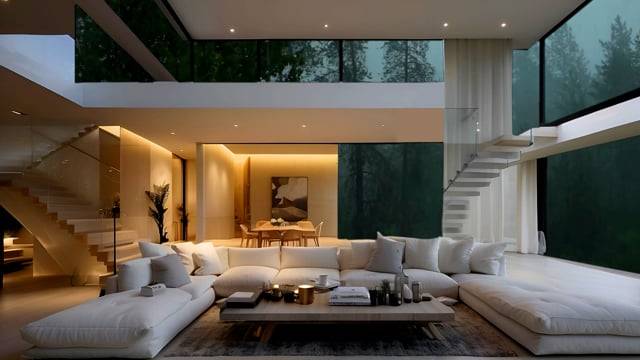
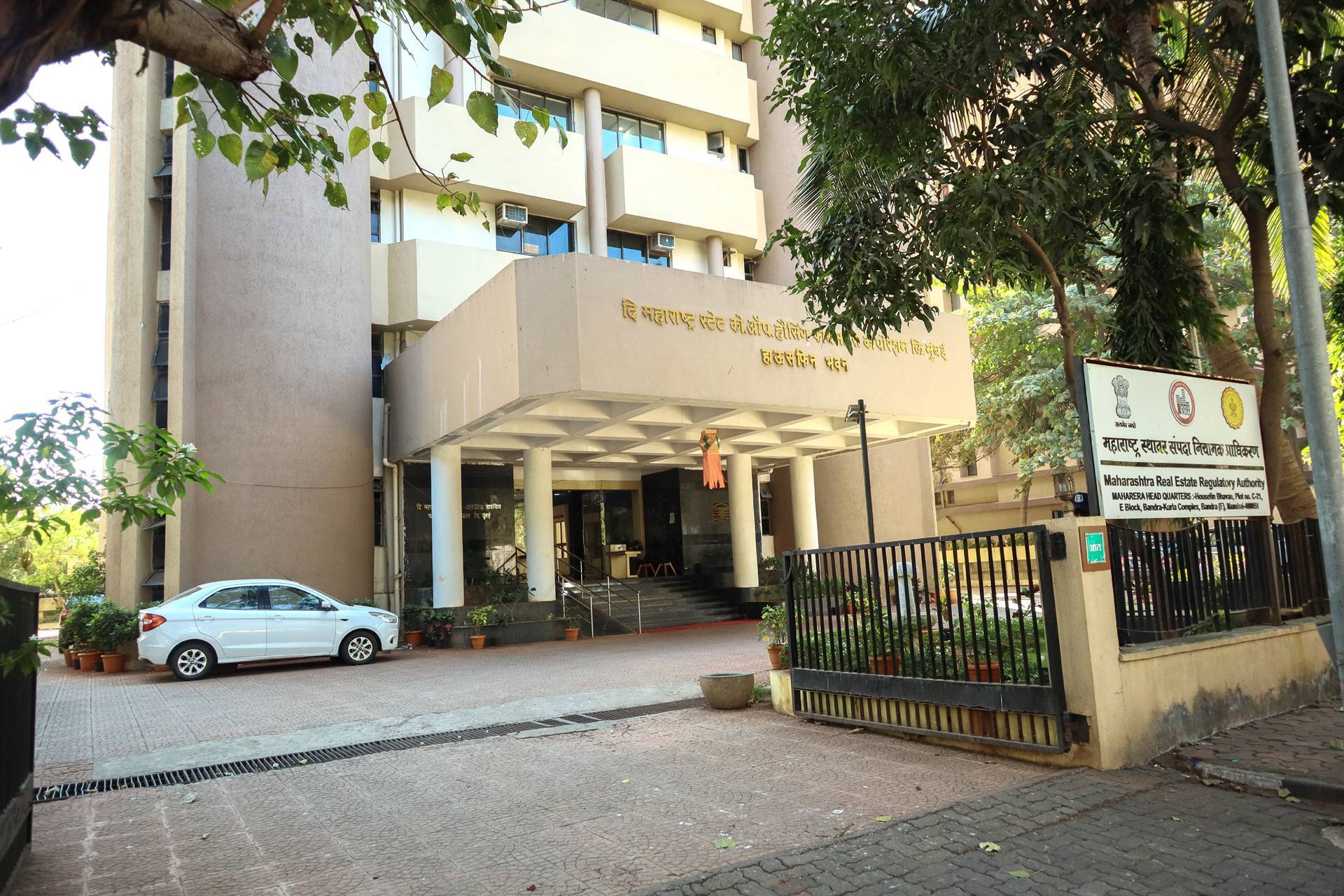
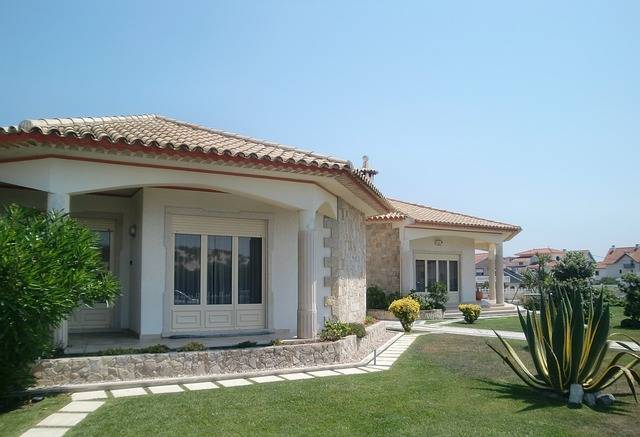

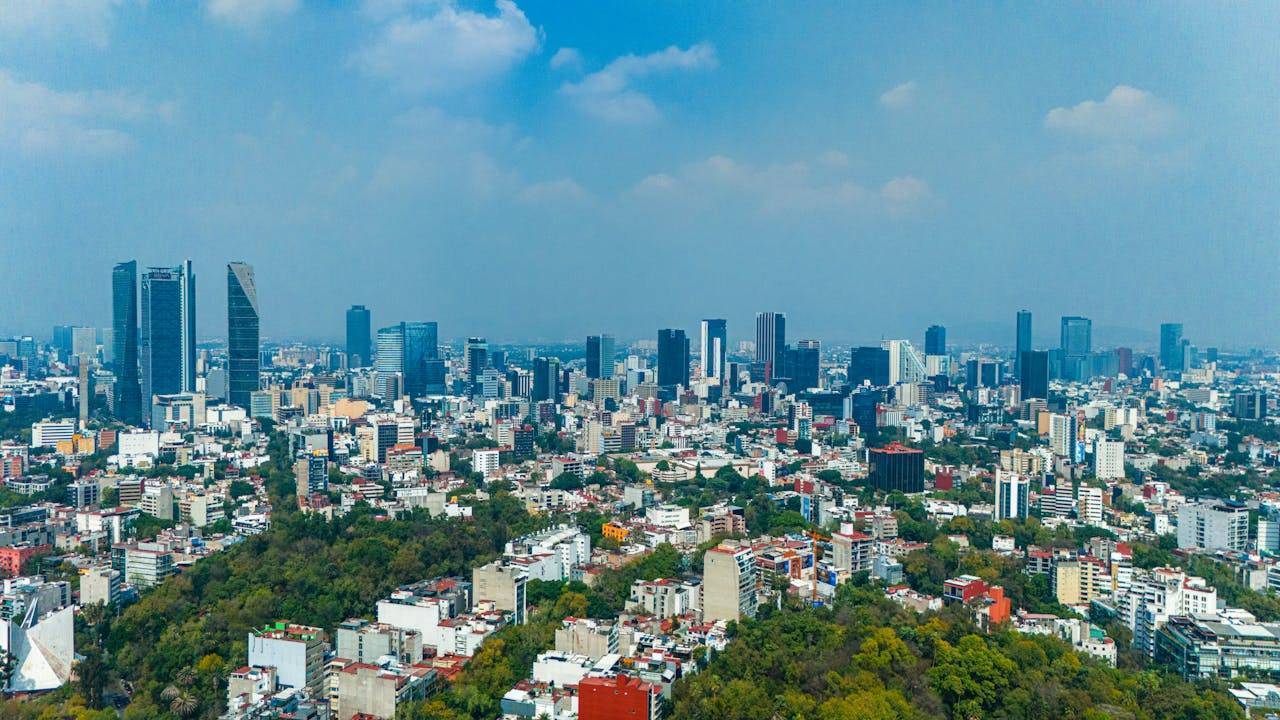


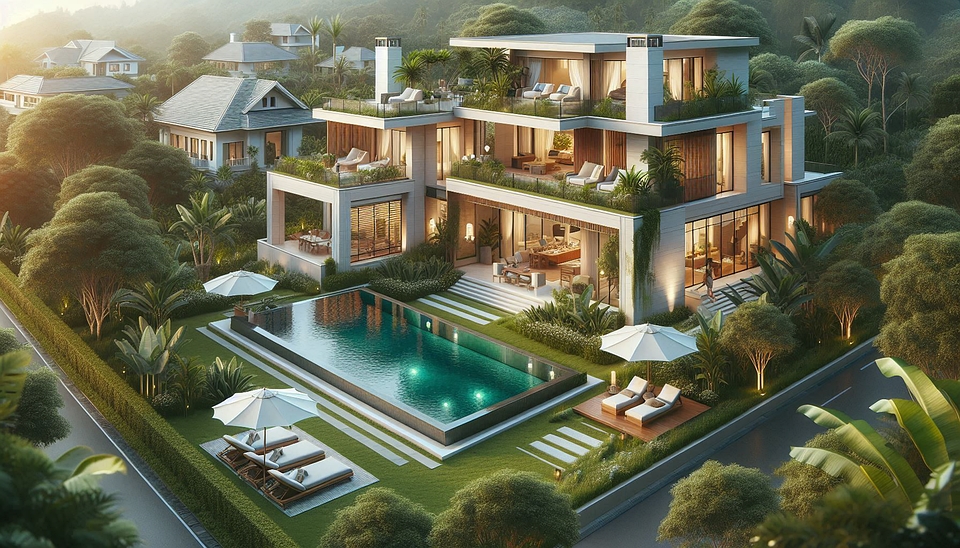
.png)